Xiaomi Redmi Note 10S is a compelling phone to buy in the sub-Rs 15,000 price segment. It offers performance gains over the Redmi Note 10, but the camera performance left us asking for more. Then again, it is a solid phone to buy if you are looking for a decent daily driver and you cannot extend your budget by much. It can run apps, games without breaking a sweat and the MIUI 12.5 offers more personalization options than ever. That being said, if you are specifically looking for a phone that can offer great gaming performance and can go through demanding tasks then you can check out its elder sibling, the Redmi Note 10 Pro. The Redmi Note 10S is perfect for those that sit at the intersection of normal use and casual gaming.
Xiaomi Redmi Note 10S is the fourth smartphone in the Redmi Note 10 lineup that already includes the Redmi Note 10, Redmi Note 10 Pro and the Redmi Note 10 Pro Max. With the Redmi Note 10S, Xiaomi wants to further narrow down the gap between the Rs 10,000 to Rs 15,000 price segment. Starting at Rs 14,999, it sits comfortably between the standard Redmi Note 10 and the Note 10 Pro, but costs Rs 2,500 more than the standard version. The Redmi Note 10S is a slight upgrade over the Redmi Note 10 (review) as it brings in the MediaTek Helio G95 processor and a new primary camera to the mix. Otherwise, it is the same phone as the Redmi Note 10 and both are visually indistinguishable from each other. So, what do you get exactly by shelling out that extra money for the Note 10S, here’s what we found out.
Xiaomi Redmi Note 10S Performance review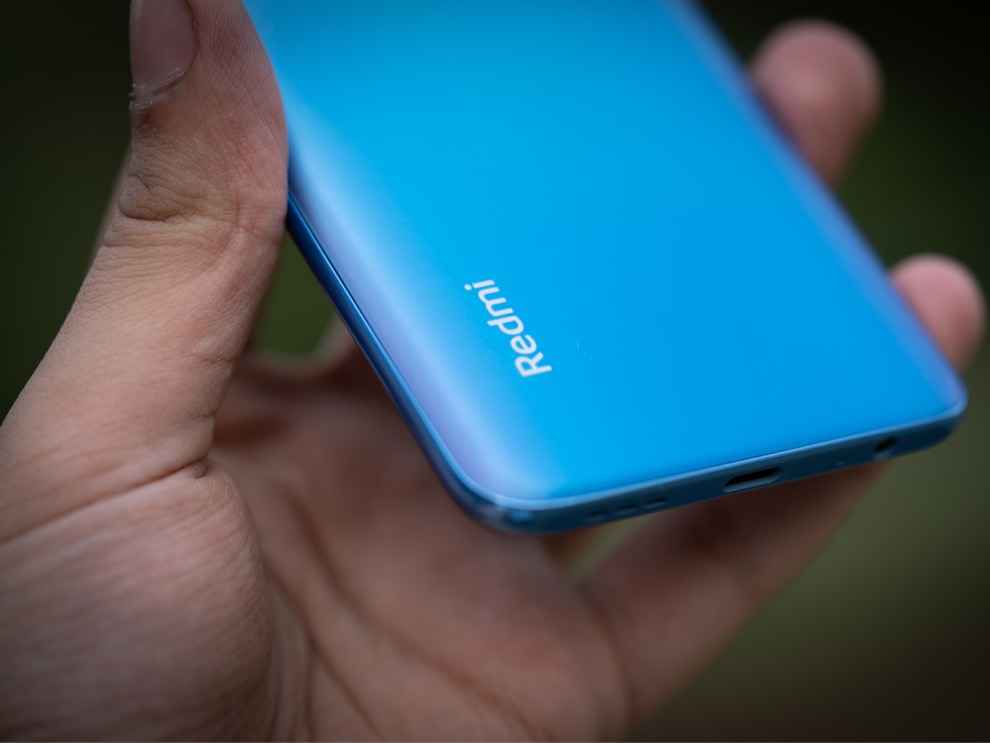
The Redmi Note 10S is powered by the MediaTek Helio G95 processor that has an octa-core CPU and Mali-G76 graphics. The CPU has two performance cores clocked at 2.05GHz and six power-efficient cores running at 2.0GHz. This is paired with up to 6GB LPDDR4X RAM and 128GB UFS 2.2 storage options to choose from. The Helio G95 first debuted with the Realme 7 and has since powered phones like the Narzo 20 Pro and more. We received the 6GB + 128GB variant for the review and it runs on MIUI 12.5, which is based on Android 11. The phone also has a micro-SD card for storage expansion.
In our daily use, the Redmi Note 10S offered a stable performance and we did not encounter any lags or slow-downs caused by stressing the system. We were easily able to browse online, check our social media handles, play games and more but the phone showed little signs of stress.
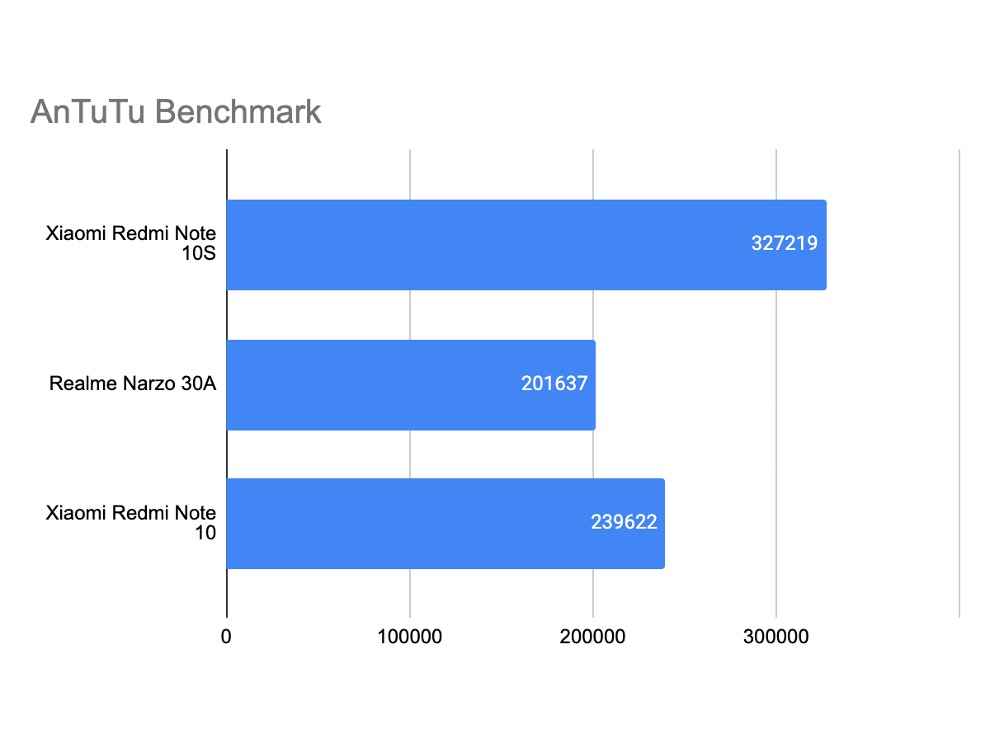
The Redmi Note 10S scored 327219 points on AnTuTu benchmarks, defeating the Narzo 30A and even the Redmi Note 10. However, the Note 10S received some of the lowest scores in Geekbench tests that awarded it 200 and 991 points in single-core and multi-core benchmarks. For some reason, our unit of the Redmi Note 10S did not run 3DMark, GFXBench and Gamebench.
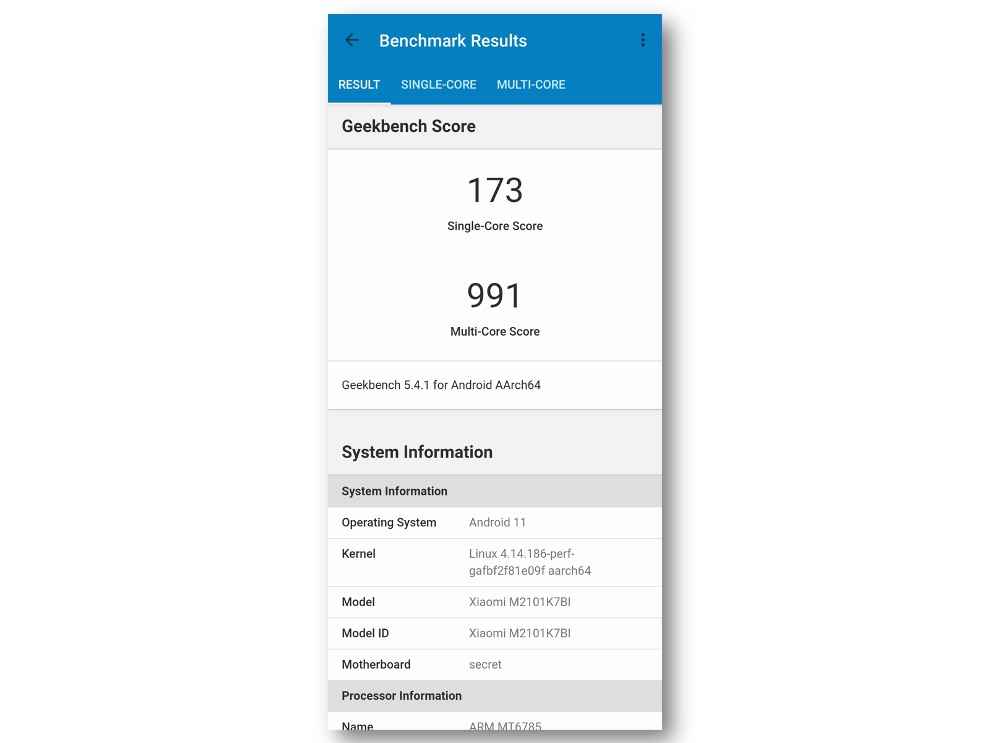
Having said that, games like Call of Duty: Mobile, Asphalt 9 and Free Fire ran smoothly on the Redmi Note 10S at high graphics. We played multiple rounds of COD Mobile on the phone and it ran smoothly without any major setbacks. It consistently offered between 50-60FPS when playing COD Mobile. Though, you should not expect anything more from the phone as it will begin to stress under intensive tasks. For example, in COD Mobile, we had to revert to the default graphics settings as having it maxed out for one round really taxed the performance of the phone. In between our gaming sessions, the phone did get warm to some extent but it is perfectly normal under such graphics-intensive tasks.
The MIUI 12.5 running on the Redmi Note 10S is snappy and easy to navigate around. It offers tons of personalisation options like themes, always-on display, gestures support and a Game Turbo mode. The Redmi Note 10S has dual stereo speakers that are fairly loud but nothing out of the ordinary. The power button on the phone doubles up as a fingerprint reader which lets you unlock the phone in a jiffy.
We think that the Redmi Note 10S performs the best under balanced workloads that also ensures sustained performance over time. It works smoothly in day-to-day activities such as listening to music, watching videos, browsing the internet, checking feeds on social media and also offers a smooth gaming performance.
Xiaomi Redmi Note 10S Battery reviewThe Redmi Note 10S is equipped with a 5,000mAh battery that supports 33W fast charging out-of-the-box. On regular use case without much gaming in the way, the Redmi Note 10S was easily able to last for over a day and a half. If you are someone who is into mobile gaming, you should reasonably expect around a day’s worth of juice or less if you like to play for hours at a stretch. The 33W charging adapter provided in the box can fully charge the phone in 75 minutes.
Xiaomi Redmi Note 10S Camera review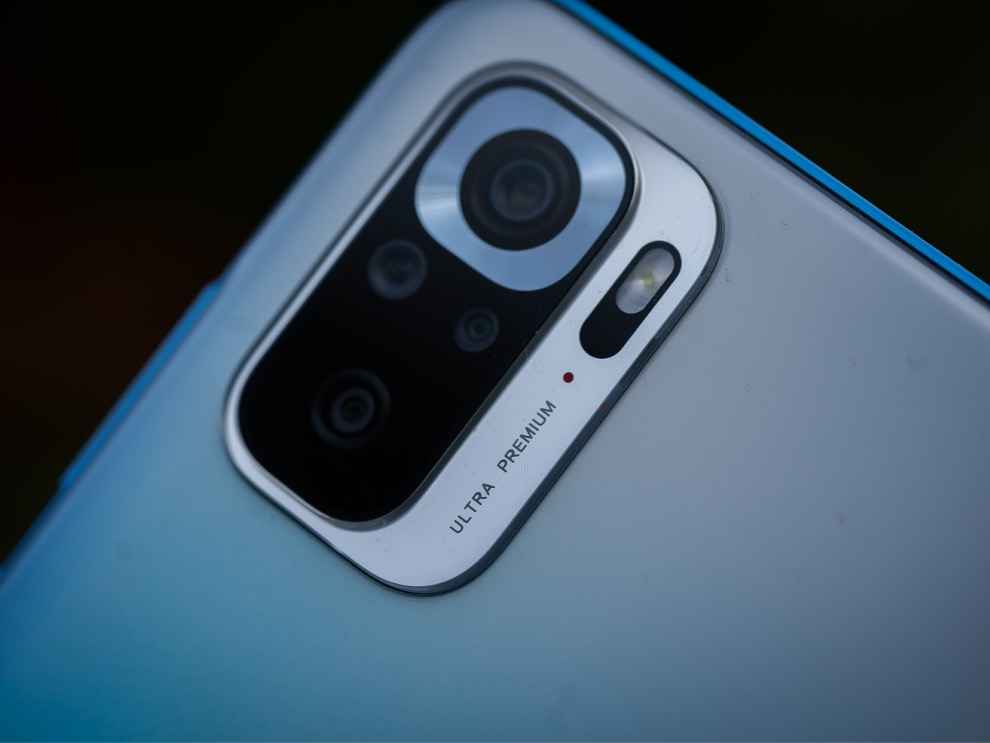
The Redmi Note 10S has a quad-camera setup on the back much like the standard Redmi Note 10. However, the primary camera has received an upgrade from 48MP on the Note 10 to 64MP on the Note 10S. The Redmi Note 10S has a 64MP primary camera that uses an OmniVision OV64B sensor and offers an f/1.8 aperture. The remaining three cameras are the same as on the regular Note 10 including an 8MP ultra-wide-angle camera with 118-degree field-of-view, 2MP macro camera and 2MP depth sensor.
Over on the front, there is a 13MP selfie camera housed within the punch-hole notch cutout in the centre. The rear cameras can record in 4K UHD at 30FPS and 1080p at upto 60FPS with features like macro video mode and pro-time-lapse mode.
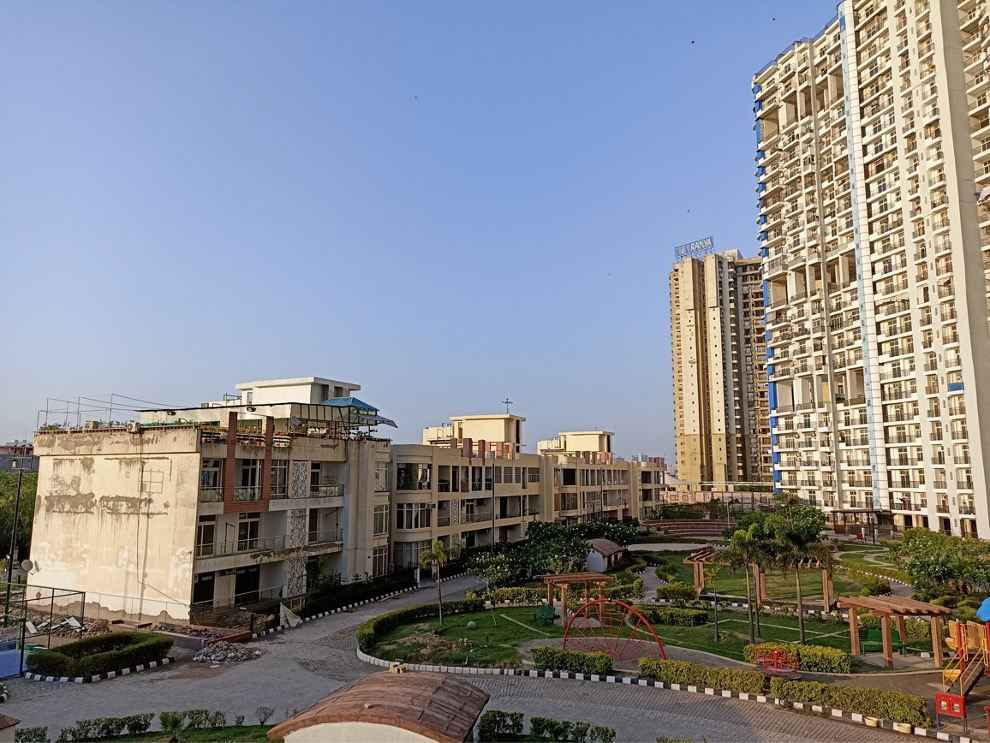


The Redmi Note 10S produces decent pictures during daylight that have natural colours but is unable to provide much clarity if you look at the images closely. Some of the images also looked overexposed and slightly oversaturated but overall, the primary camera produced good and usable pictures in daylight. The phone also takes good close up pictures with details, textures and natural bokeh.
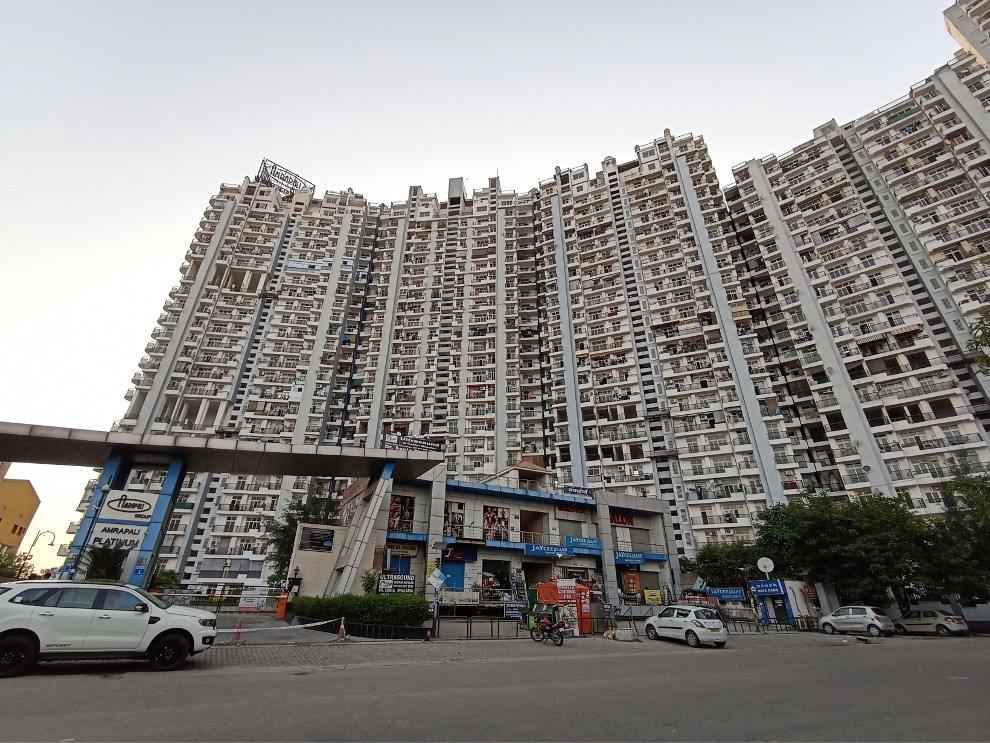
The 8MP ultra-wide-angle camera produces images that are less detailed and suffer from distortion around the edges. The ultra-wide-angle camera, though picks up accurate colours was unable to produce sharp images and only the centre of the frame remained visibly clear when zoomed in.
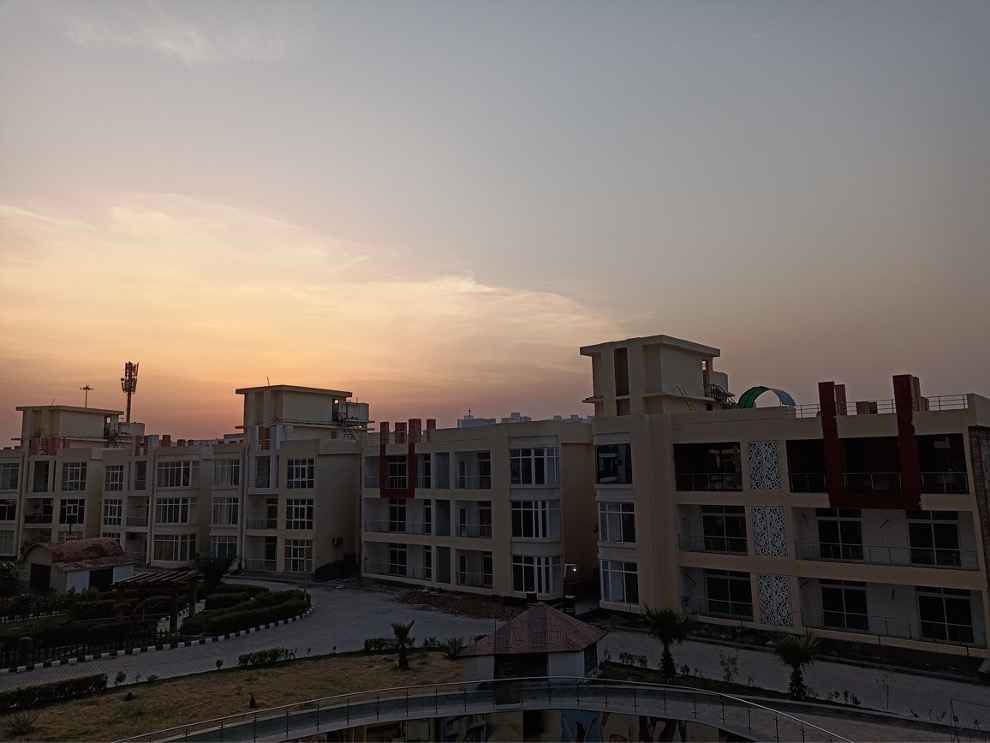
During the night or in low-lit environments, the camera produced pictures filled with noise and fewer details. The images were not as sharp even with the night mode which is a bummer, though the 64MP mode did give marginally better results at night. That being said, the low-light performance of the Note 10S cameras is unremarkable and it is best used to capture pictures during daytime or in well-lit conditions.
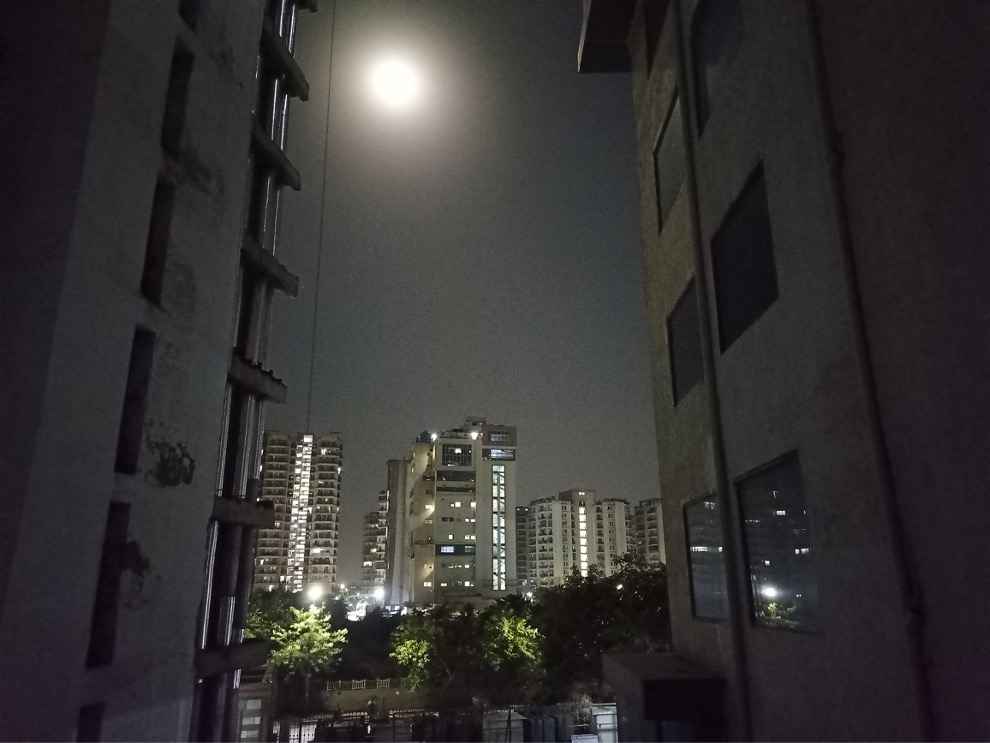
The Redmi Note 10S also has a fixed-focus macro camera that produces average pictures and is a lot of hit and miss affair with this one. You will have to go really close to your subject in the frame for any chance to get a decent macro picture. Then too, it will often be quite grainy, but with somewhat decent colours.
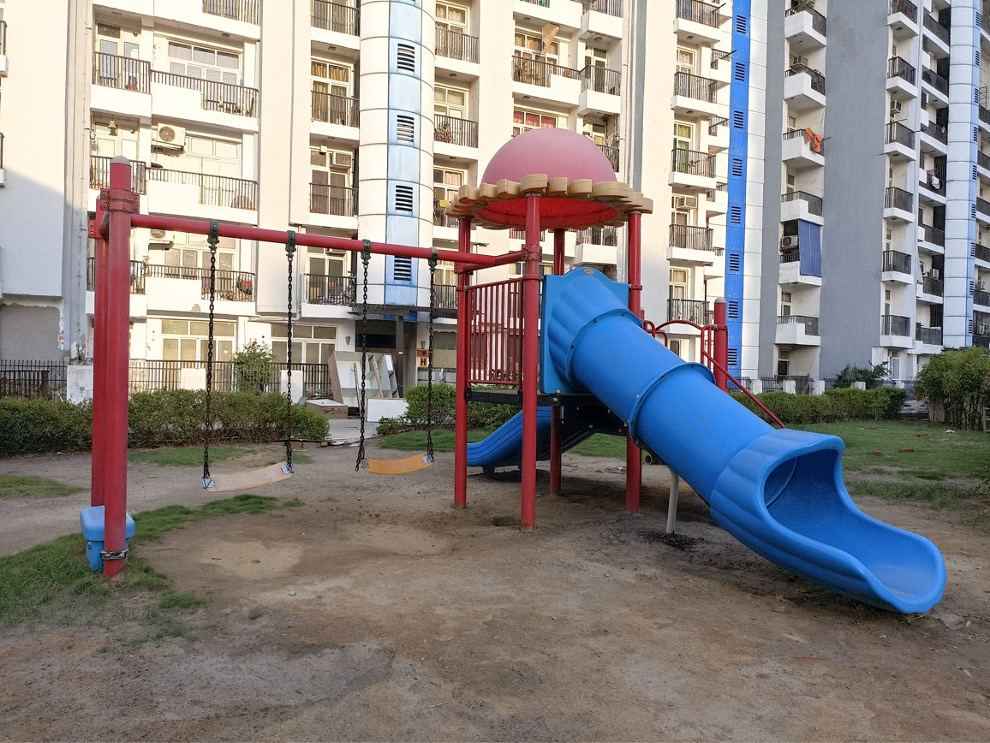
One pain point that bugged us constantly was the sluggish camera app that took forever to capture one picture. We encountered an apparent delay in shots from when the shutter button was pressed and overall, the camera app was laggy. However, when it comes to pictures, we liked the daylight performance of the cameras on the Note 10S even though we feel it is a minor upgrade in the larger scheme of things.
Xiaomi Redmi Note 10S Design and Display review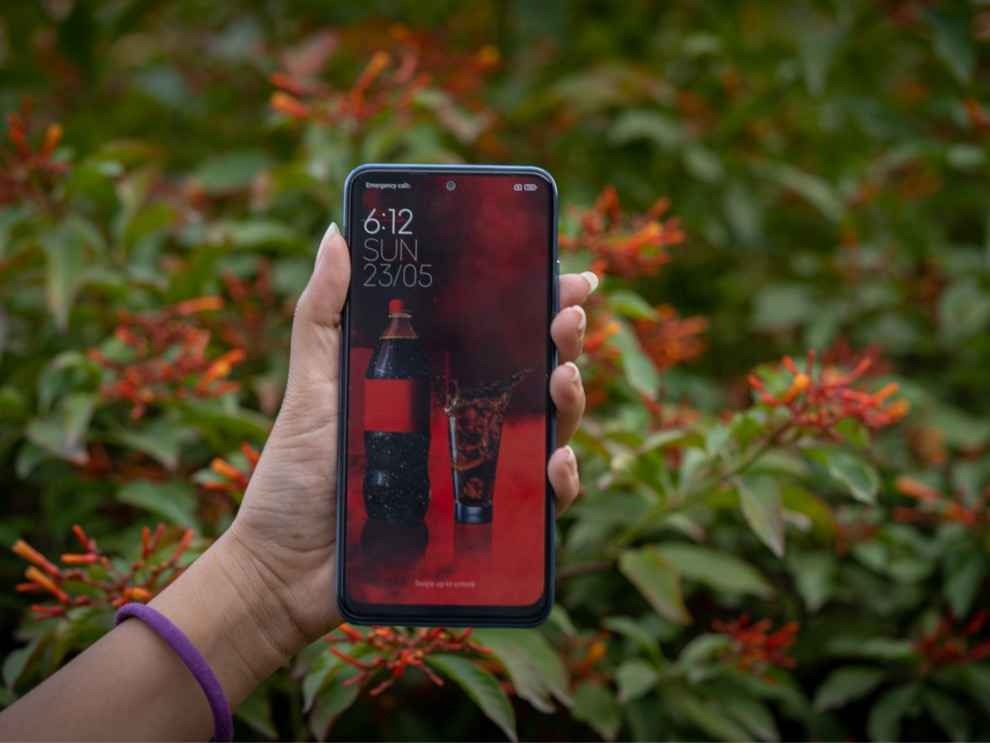
Being an affordable phone, the Redmi Note 10S has a plastic build and is being offered in three colours: Shadow Black, Frost White and Deep Sea Blue to choose from. It measures 8.3 millimetres in thickness and weighs 178 grams.
The phone feels solid in the hand with its curved back design and a gradient finish if you go for the blue colour. It is not a fingerprint magnet but does retain smudge marks. The volume rockers and the power button are fairly clicky with a flat design for the power button that doubles up as the fingerprint reader. The Redmi Note 10S has also received an IP53 rating which shields it from regular splashes of water and dust ingress.
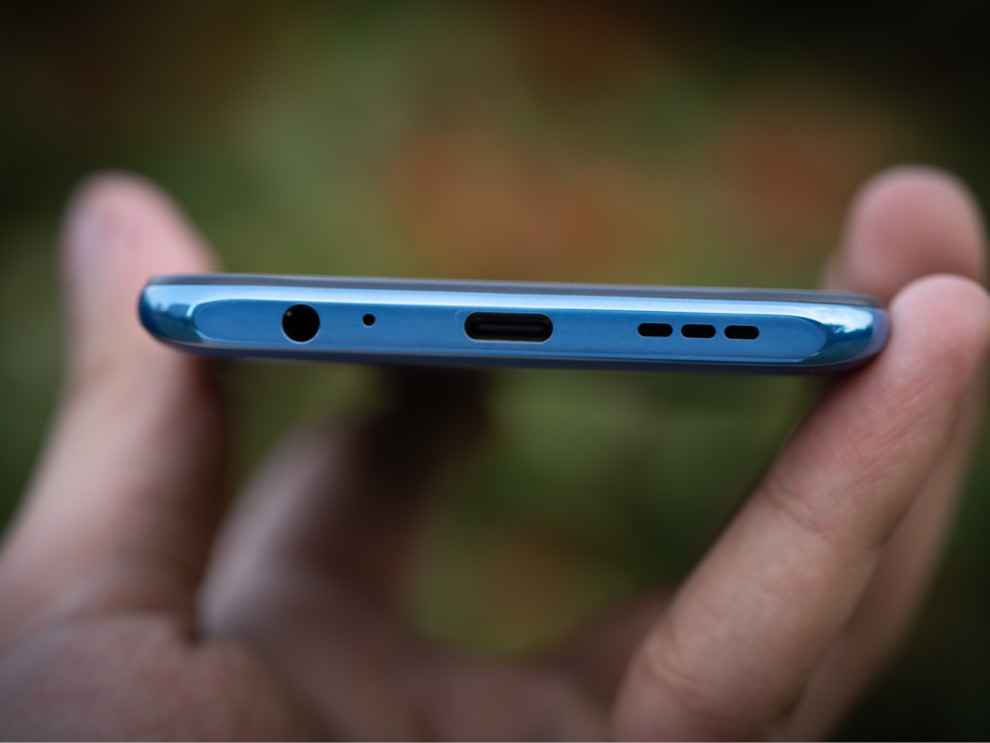
The Redmi Note 10S features a 6.43-inch Super AMOLED display that offers a Full HD+ (2400 x 1080 pixels) resolution. It has a punch-hole notch cutout in the top centre with narrow bezels on three sides and a slightly wide chin. The screen does not support a high refresh rate but is topped with a layer of Gorilla Glass 3.
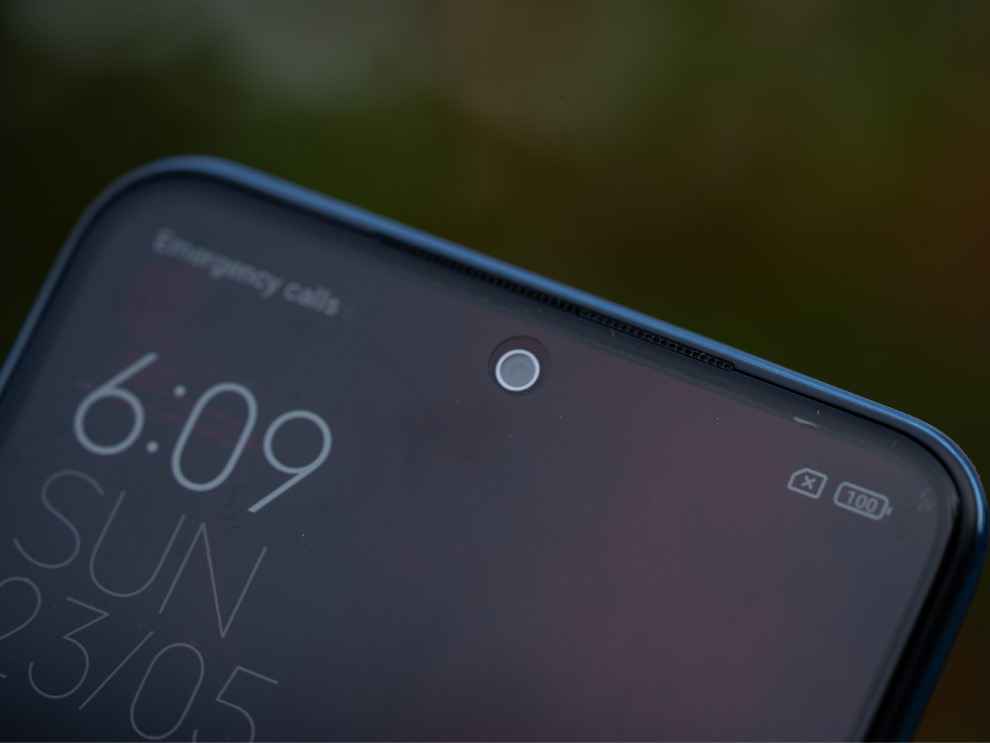
The display on the Redmi Note 10S can get bright and produces good colours. There is an option built-in to the display menu that lets you change the colour scheme of the display according to the preference. In our display test, the screen was able to offer 416 nits brightness and 3 nits of minimum brightness. The screen offers decent sunlight legibility and has good viewing angles. Overall, the AMOLED display is pretty good and can easily be used to watch videos on YouTube or binge-watch Netflix as it does support Widevine L1.
Xiaomi Redmi Note 10S review VerdictXiaomi Redmi Note 10S is a compelling phone to buy in the sub-Rs 15,000 price segment. It offers performance gains over the Redmi Note 10, but the camera performance left us asking for more. Then again, it is a solid phone to buy if you are looking for a decent daily driver and you cannot extend your budget by much. It can run apps, games without breaking a sweat and the MIUI 12.5 offers more personalization options than ever.
That being said, if you are specifically looking for a phone that can offer great gaming performance and can go through demanding tasks then you can check out the elder sibling Redmi Note 10 Pro. The Redmi Note 10S is perfect for those that sit at the intersection of normal use and casual gaming. That’s where it really shines and one should not expect anything beyond.
from Latest Technology News https://ift.tt/3vPx9Cc









0 comments
Posts a comment